It sometimes seems as though every sunset has already been photographed. Most often, the image is of a landscape in the “golden hour,” a favourite of postcard pictures. Epic skies are often part of the same cliché, reflecting a very conventional “sense of beauty,” perhaps shaped by a commercial dimension, with images created for decoration or to respond to one or other current style. In a more figurative sense, sunset pictures have long been used to illustrate the idea of an ending, and sometimes to hint at renewal as well, as endings and beginnings often overlap.
I want to invite you to look with me at the photographs of one particular sunset, to see what it might reveal beyond the familiar.
On 15 August 2017, I walked the Thames Path near Hammersmith Bridge in London. At the time, the bridge was still open to all traffic. In 2019, inspectors discovered what they referred to as “microfractures,” and the bridge was closed completely in 2020. After further inspections, it reopened for pedestrians and cyclists in 2021, but it remains under repair. That evening, though, it stood intact, one of the few 19th-century chain suspension bridges still in use in the world.
I selected 5 frames from that walk, each capturing what I would like to call an encounter with the light. And the light was really the main character that evening. Three of the 5 frames look into the sun, starting with the bridge silhouetted against it, followed by the paddleboarders, and a woman photographing with her phone. Turning away from the light, I captured the boats and the pub-goers along the Thames Path. Together, the frames trace some of the walk, recording my impressions of the place as I moved through the area.
Unknown to me then, this sunset would later feel like a sign of endings yet to unfold. In August 2017, the United Kingdom was still part of the European Union (the 2016 referendum had taken place, but formal departure and transition would not occur until 2020), and the days of the pandemic were not yet here. In hindsight, that walk belongs to a moment before a series of thresholds were crossed.
The sun was low and intense, and I had to squint to see into the light. Squinting dissolved details into outlines. The mist acted as a giant studio diffuser, stripping the sky of any cloud spectacle, and leaving a kind of “field of light.” Everything beneath it was simplified. Through squinting eyes, the bridge became a line drawing. Hammersmith Bridge looked almost schematic, its lattice railings and chain links standing out starkly in the backlight, while the green and gold paint was completely obscured. The river had a sliver of metallic shine. People on the water and the bridge appeared as silhouettes, their gestures clearer than their features. Even sound seemed altered. Instructions shouted by a paddleboard trainer felt muffled, as if the strong light itself had its own effect on what I heard.
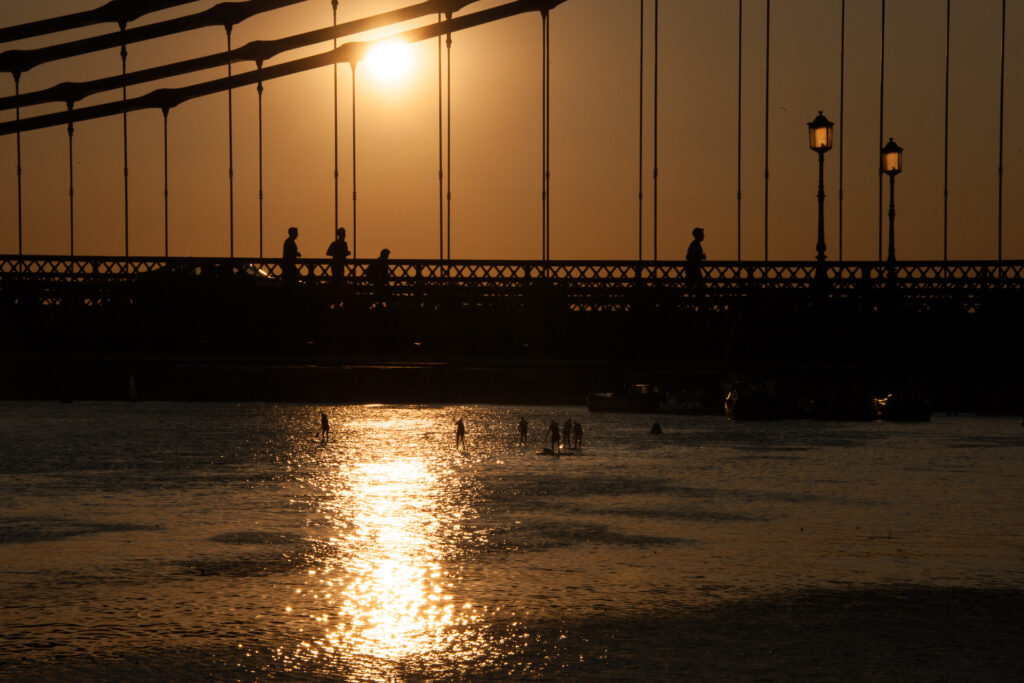
The glare turned the scene into near monochrome, reducing tones to variations of orange. With no full spectrum, the effect on my eyes was that of seeing an abstraction. That light simplified, sharpened, and set distractions aside. Outlines stood out more than textures, and the connections between architectural elements were clearer than any detail or colour. It seemed to me that under such light, the river and its surroundings revealed a duality. Those silhouettes against the river and the landscape did two things: they showed what was present and, at the same time, hinted at connections and patterns usually hard to see. Structural links emerged in the backlight.
Then, nearby, a runner paused on the embankment and raised her phone to record the scene, with a gesture of “Can’t miss this, look at that sky.” Turning away from the light, I saw the pubs along Lower Mall filling, yet those voices seemed subdued by the evening sun itself.
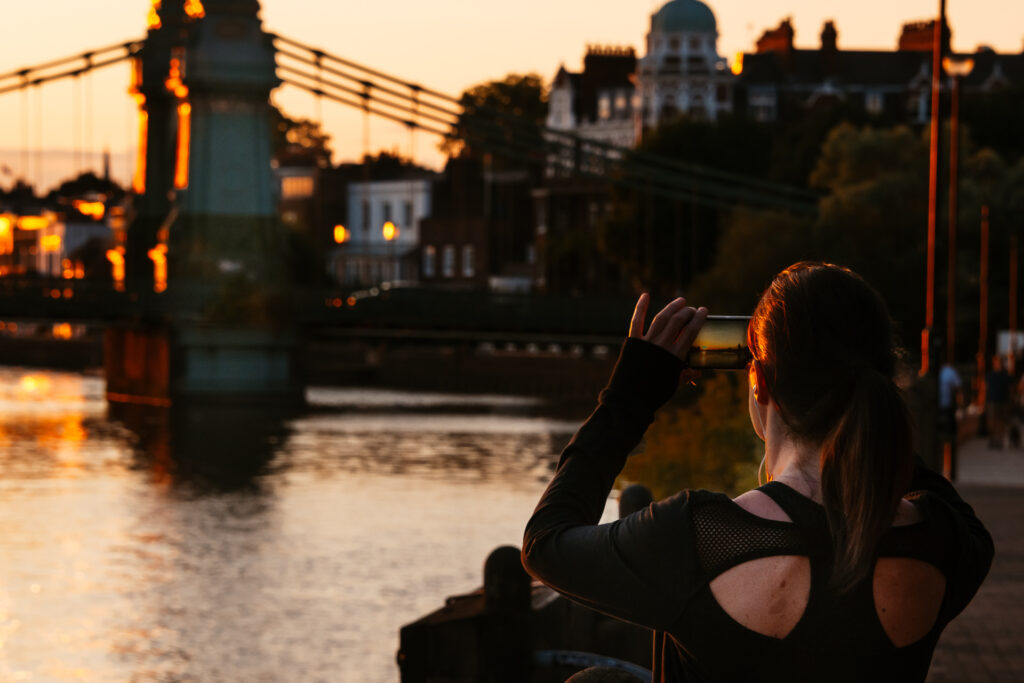
I have always noticed that my memories attach not only to what I saw but also to the act of photographing it. Some moments become inseparable from the camera or lens I used, so I should mention that I photographed that sunset with a Nikon D3X and a Nikkor 28-300mm f/3.5-5.6 VR “superzoom” lens (clearly, a “no-need-to-change-lenses-ever” type of lens). The D3X is a single-piece DSLR with an integrated grip. It is (relatively) heavy, yet feels extremely comfortable in the hands. I always notice that my fingers fall exactly where they need to be. It also gives you the feeling of something very solid, made to very tight tolerances. The optical viewfinder is large, and my nose never gets in the way. You never have to fight with its autofocus, as you do on some consumer cameras. At low ISOs, it performs wonderfully, though noise becomes noticeable above ISO 800. This is to be expected, as this camera, the high-megapixel version of the Nikon D3, is from 2008. Its size, though, could make you more conspicuous in public, also because its shutter has a decisive, no-nonsense sound. That evening, with people busy observing and photographing the landscape, I worked very freely.
When I think back to that sunset, I also remember 2017 as a time when talk of divisions and borders was already becoming more frequent, and when the idea of a pandemic, to me, still belonged to history books or faraway places. These 5 frames are tied to that layer of history, both personal and larger. They also show the bridge still in full use.
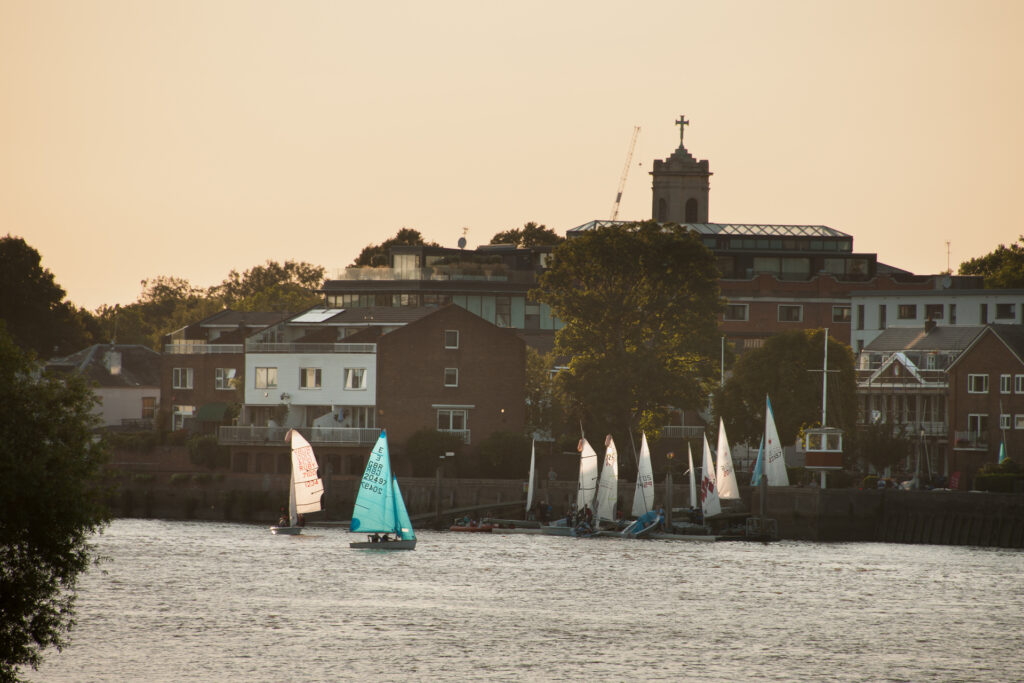
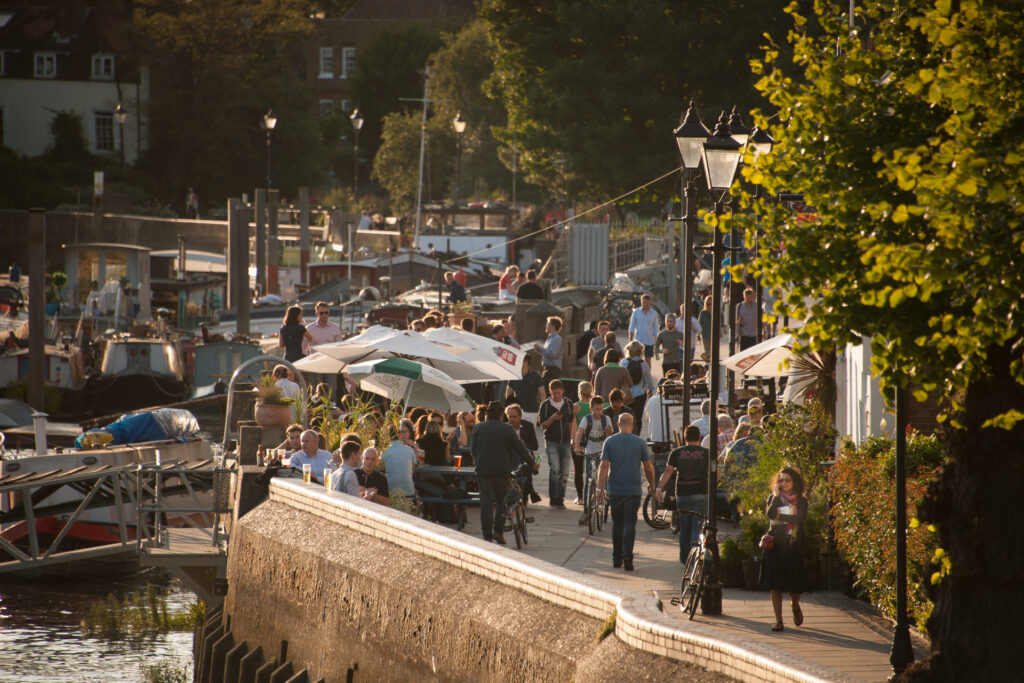
Ultimately, the 5 frames are images of an orange sundown and the patterns revealed when light reduces a scene to shapes and silhouettes. That evening, the sounds of the place seemed, in my impression, subdued beneath the intensity of the light. I exposed for the background, preserved the original palette, kept the silhouettes, and left the mist untouched. I hope these 5 frames show that even the most familiar images can afford a second look, revealing details that might otherwise be missed.
Share this post:
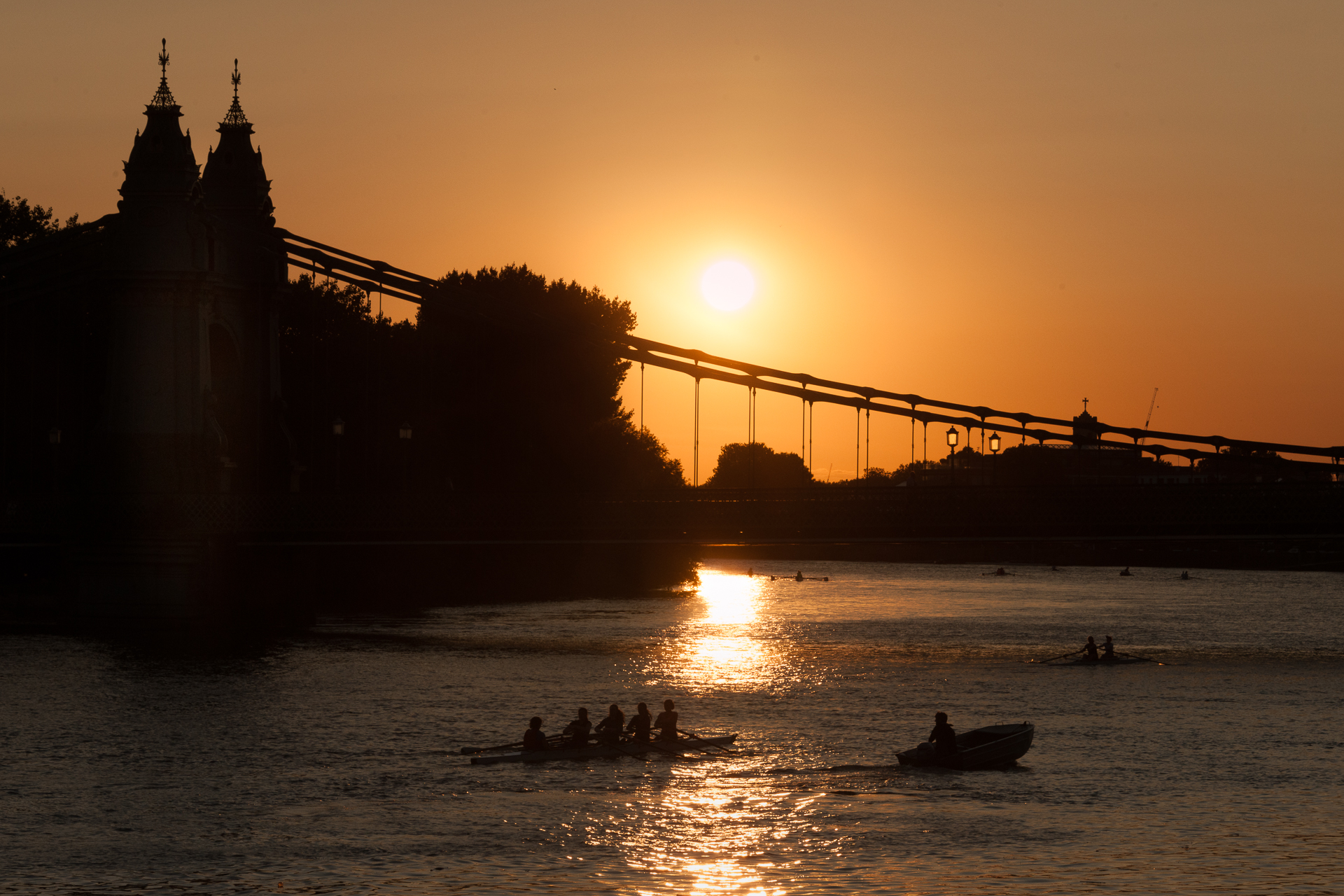
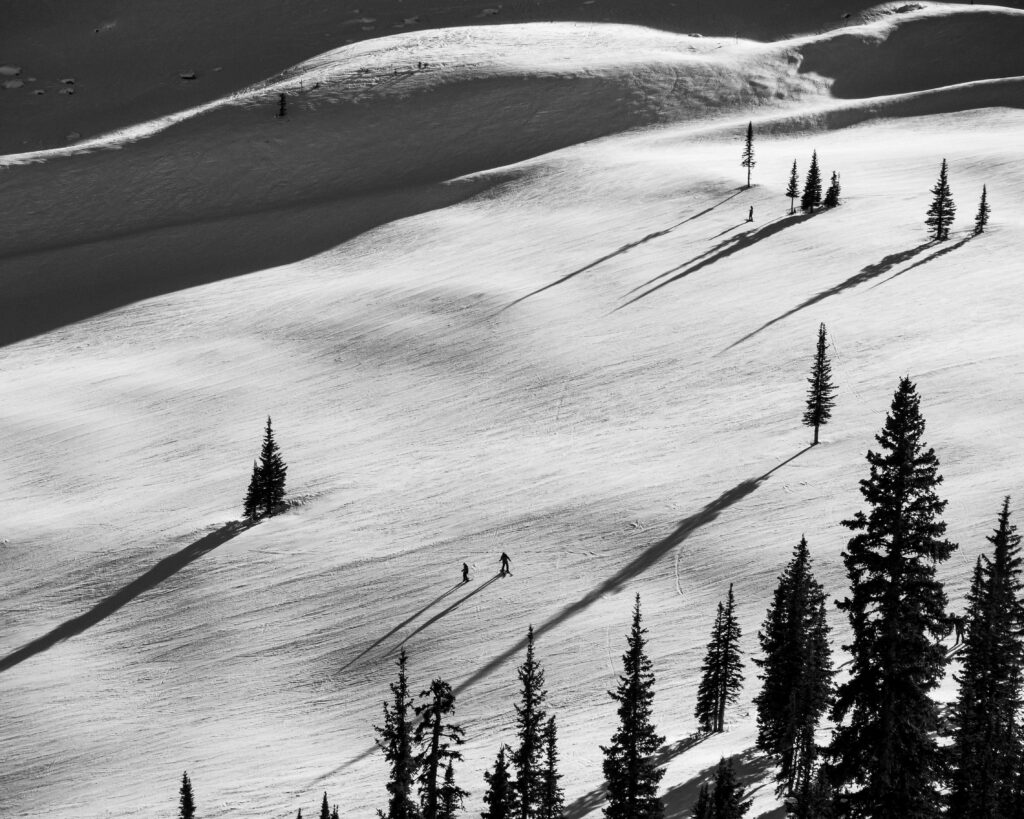
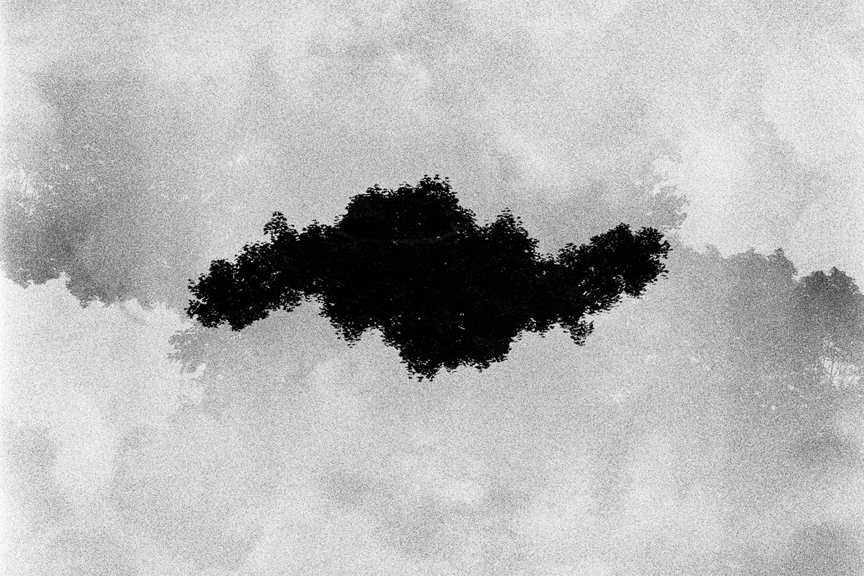
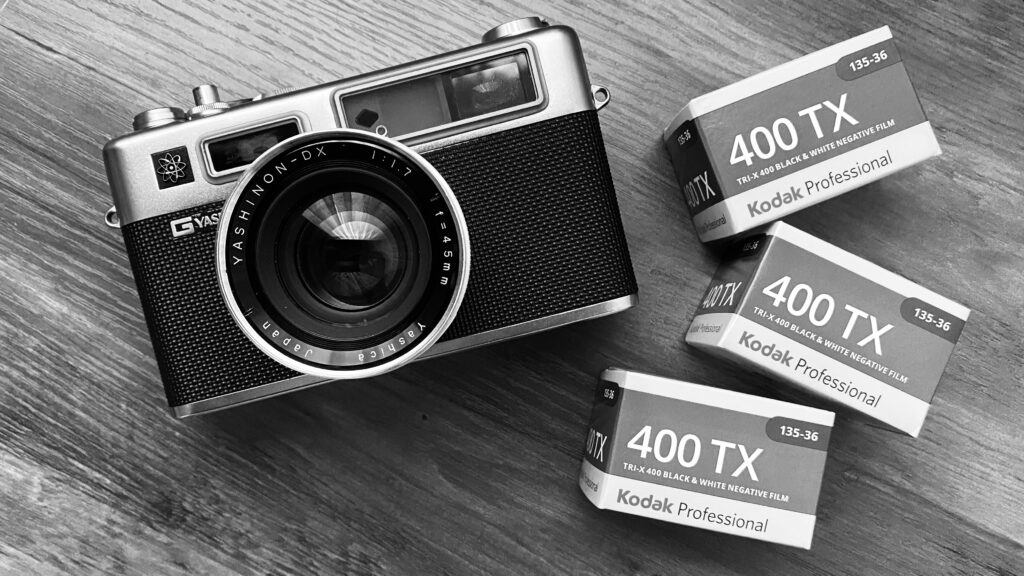
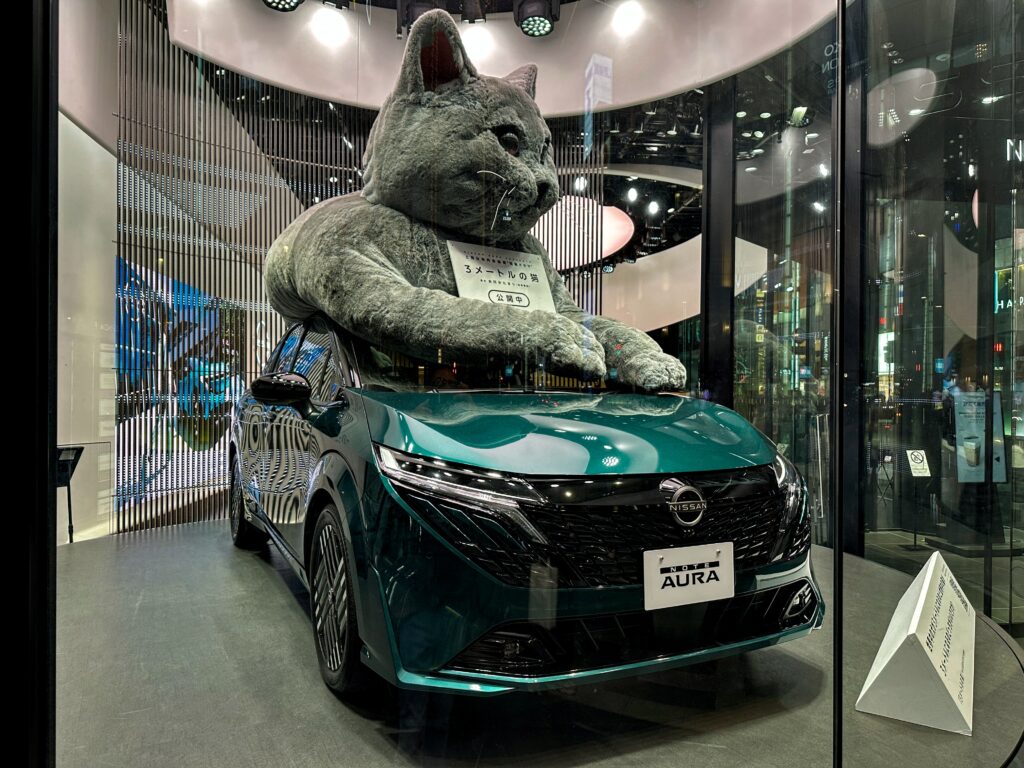
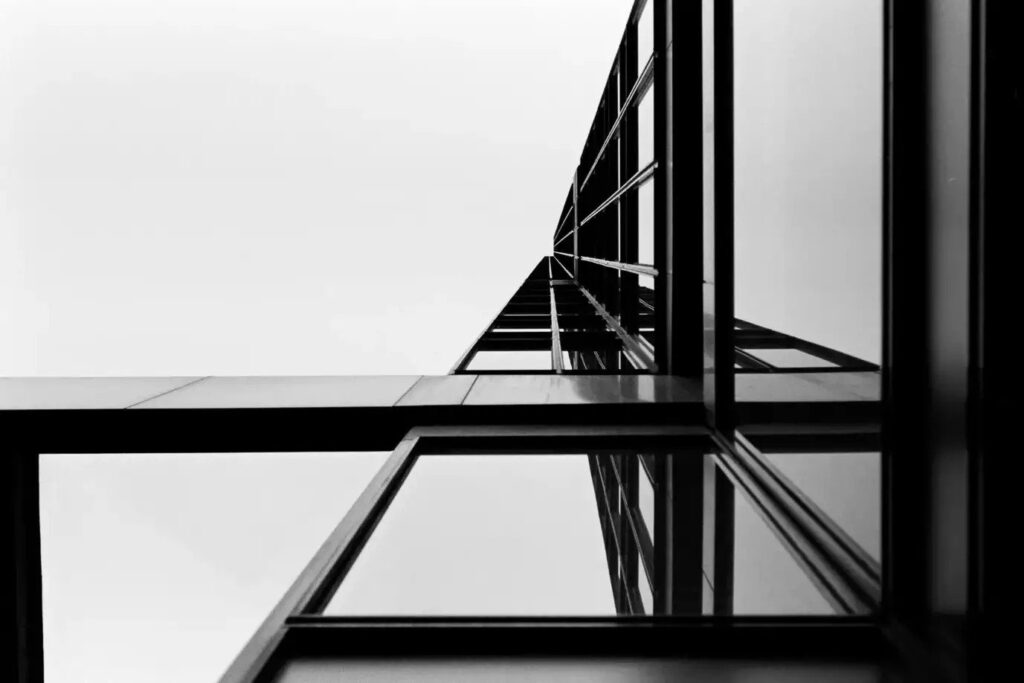
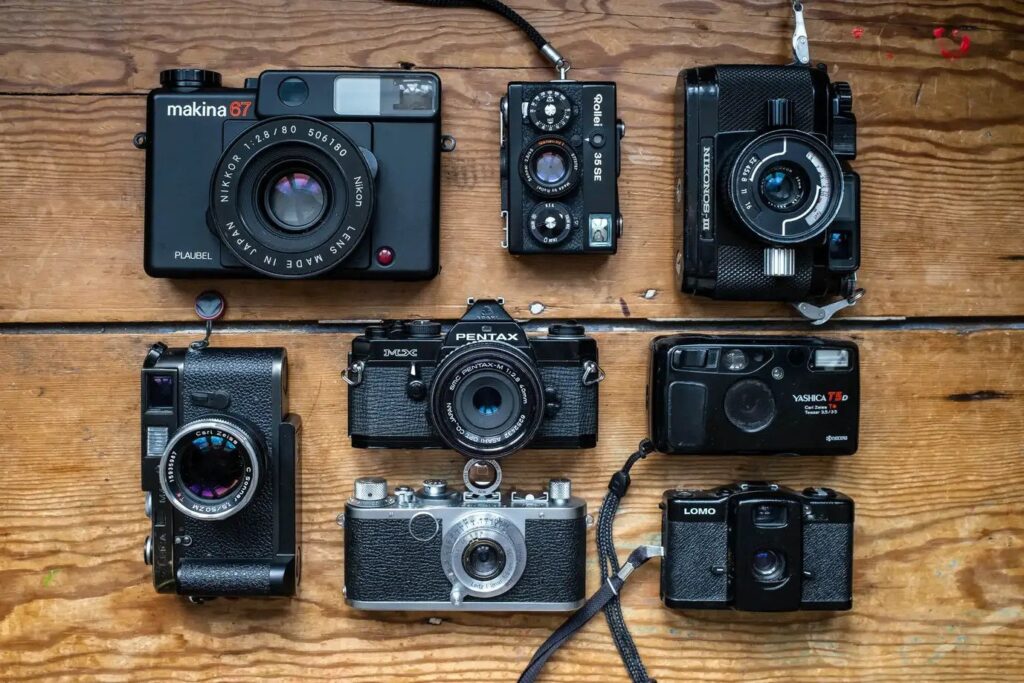
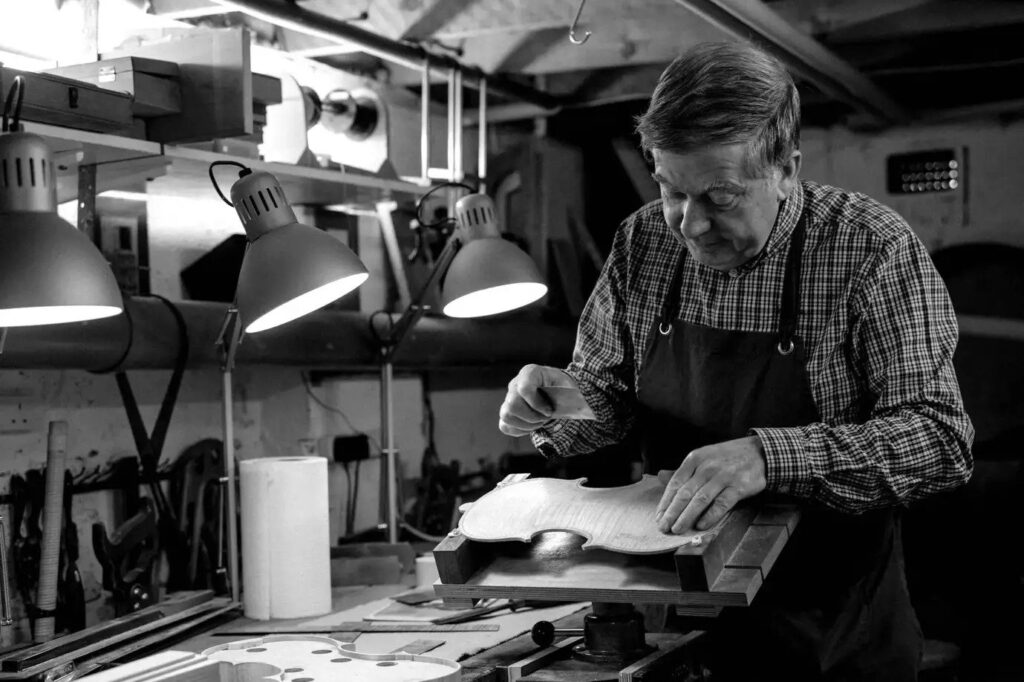
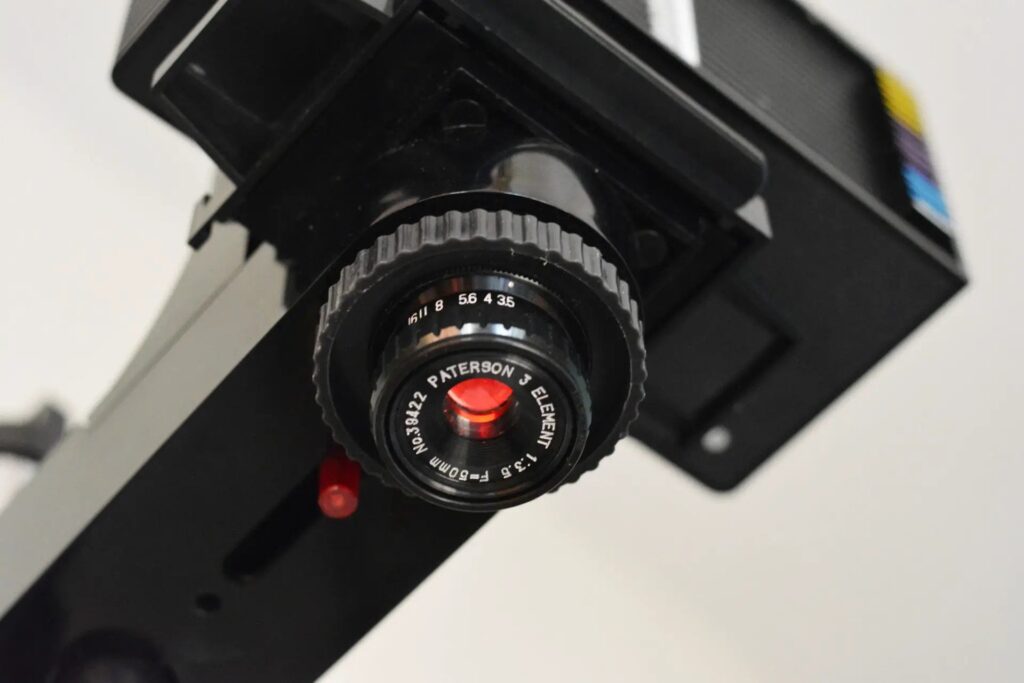
Comments
Gary Smith on 5 Frames, some with the Bridge Turned into Shadow and Shape.
Comment posted: 30/10/2025
Comment posted: 30/10/2025
Comment posted: 30/10/2025
Comment posted: 30/10/2025
Comment posted: 30/10/2025
Paul Quellin on 5 Frames, some with the Bridge Turned into Shadow and Shape.
Comment posted: 30/10/2025
Comment posted: 30/10/2025
Tony Warren on 5 Frames, some with the Bridge Turned into Shadow and Shape.
Comment posted: 31/10/2025
Comment posted: 31/10/2025
Ibraar Hussain on 5 Frames, some with the Bridge Turned into Shadow and Shape.
Comment posted: 10/11/2025
And enjoyed the essay. Thanks man